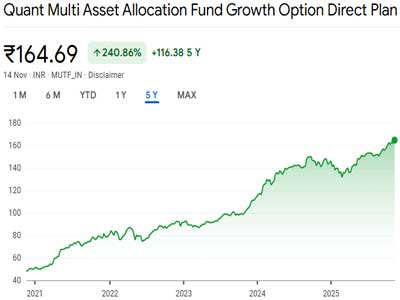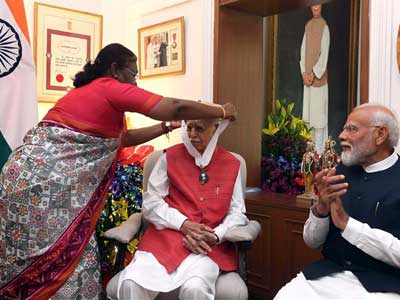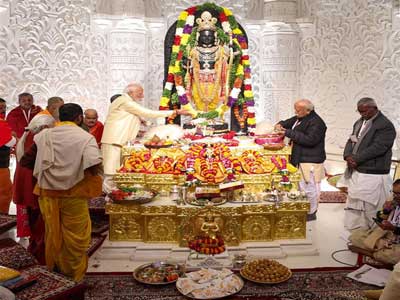The world of radio was a magical gateway where voices wove dreams and songs touched hearts. Binaca Geetmala was the brightest star of that era, captivating millions of listeners every Wednesday evening since 1952 with Ameen Sayani’s honeyed voice and the charm of film songs.
Tunes like "Jaayein toh jaayein kahaan..." set new records of popularity, and listeners' votes decided which song would be crowned ‘Sartaaj’. This program wasn’t just about music—it was a collective emotional experience, spanning from Radio Ceylon to Vividh Bharati.
Vividh Bharati’s request shows were the heartbeat of listeners. Letters, especially from places like Jhumri Telaiya, were read on air, and the chosen songs played—a unique way of connecting relationships through melodies. In the world of news, iconic voices like Melville de Mellow and Pandeyji set the tone for people’s mornings and evenings with their grave yet clear delivery. Their presentations carried a trust that is still remembered today.
The romance of that era wasn’t just in the songs but in the anticipation of special radio broadcasts. It was a time when voices made history and words carried magic—a magic that still lives in our memories.
Launched in 1936, All India Radio has been a cornerstone of India’s social, cultural, and political framework, contributing to national development, cultural preservation, and crisis communication. However, with the rise of the internet, multimedia platforms, and social media, AIR’s relevance is being questioned as private FM channels and digital media dominate.
AIR played a key role in preserving Indian classical music and culture. Before the digital age, AIR was the primary platform promoting Hindustani and Carnatic music, featuring maestros like Pandit Ravi Shankar, Ustad Bismillah Khan, and MS Subbulakshmi. Programs like the National Programme of Music and the AIR Sangeet Sammelan brought classical music to the masses, enhancing its appreciation. AIR’s archives—housing thousands of hours of recordings—are a priceless treasure of India’s musical heritage, safeguarding rare compositions and performances. Beyond music, AIR promoted regional literature, folk traditions, and languages through programs like Yuv Vaani and Vividh Bharati, strengthening India’s cultural diversity.
AIR was instrumental in nation-building. During the Green Revolution (1960s-70s), programs like ‘Krishi Darshan’ educated farmers about high-yield seeds, fertilisers, and irrigation techniques, including innovations like ‘Radio Rice’. Health and family planning campaigns reached millions in low-literacy rural areas.
During wars with China (1962) and Pakistan (1965, 1971), AIR bolstered national unity and morale, countering enemy propaganda with real-time updates, patriotic songs, and speeches. As a government broadcaster, its credibility made it the voice of the nation in crises.
Despite its achievements, technological advancements have diminished AIR’s relevance. Internet, on-demand content, streaming services, and social media have transformed media consumption. Private FM channels, with their vibrant, youth-centric content, overshadow AIR’s outdated formats. Platforms like Spotify, YouTube, and Instagram offer instant access to global music, news, and entertainment, making AIR’s rigid schedules and limited regional reach less appealing. Critics argue that taxpayer-funded AIR is now a wasteful relic, struggling to compete in a market-driven media ecosystem.
Public commentator Prof Paras Nath Choudhary says, "To stay relevant, AIR must reinvent itself by leveraging technology and redefining its mission. It should digitise its vast archives, making classical music and cultural recordings available via apps or streaming services. Partnerships with global platforms like Spotify or a dedicated AIR app could attract younger audiences. AIR must focus on hyper-local content to counter FM’s urban appeal. By empowering community radio stations under its network, AIR can address local issues, from climate change to education, in regional languages. Collaborating with young influencers and content creators can also keep radio relevant."

















Related Items
Indian roads have become a gateway to hell due to canine, simian nuisance
IFFI, A dream journey written in frames…
The journey stretches long, and the diversions are many...